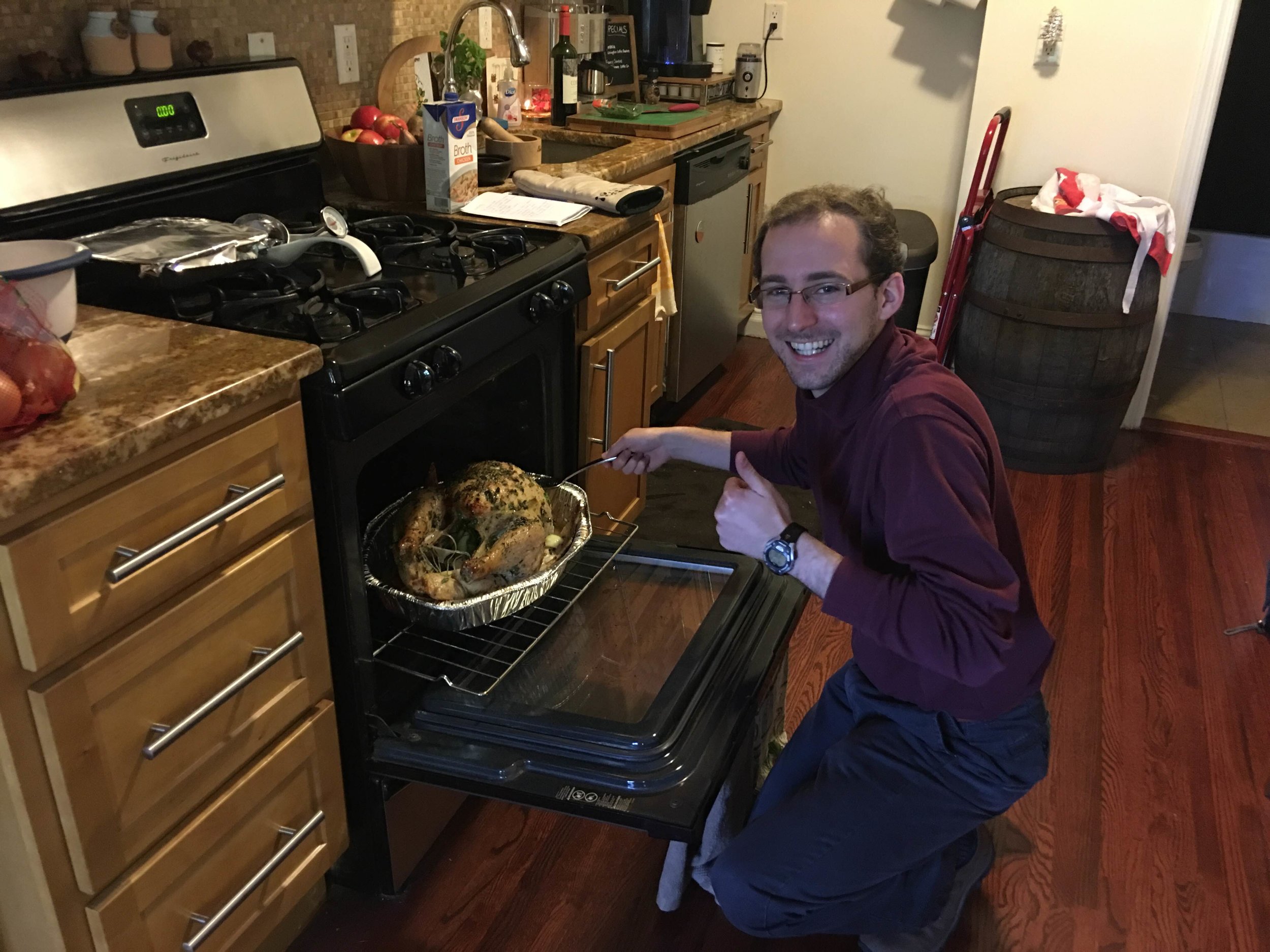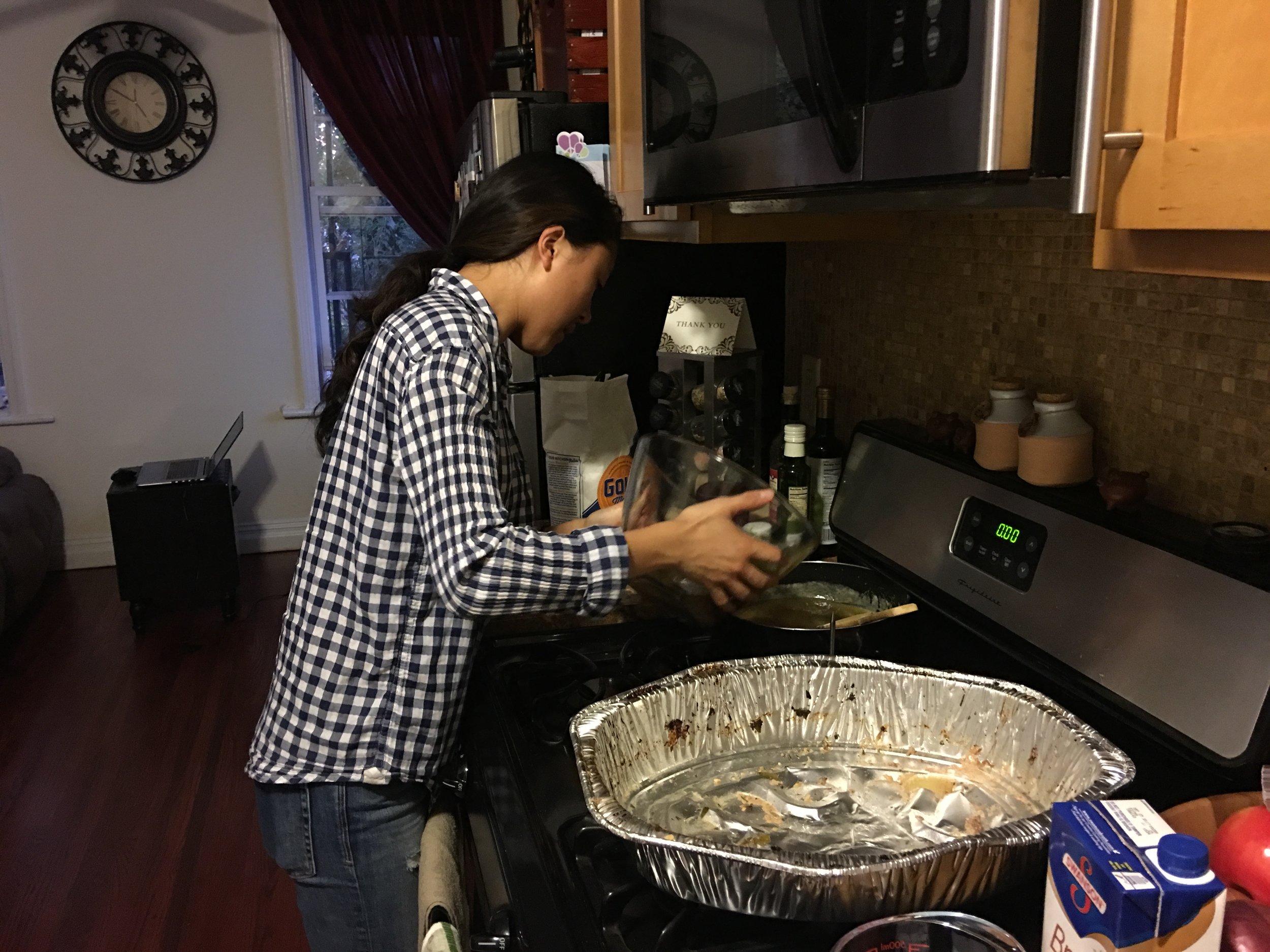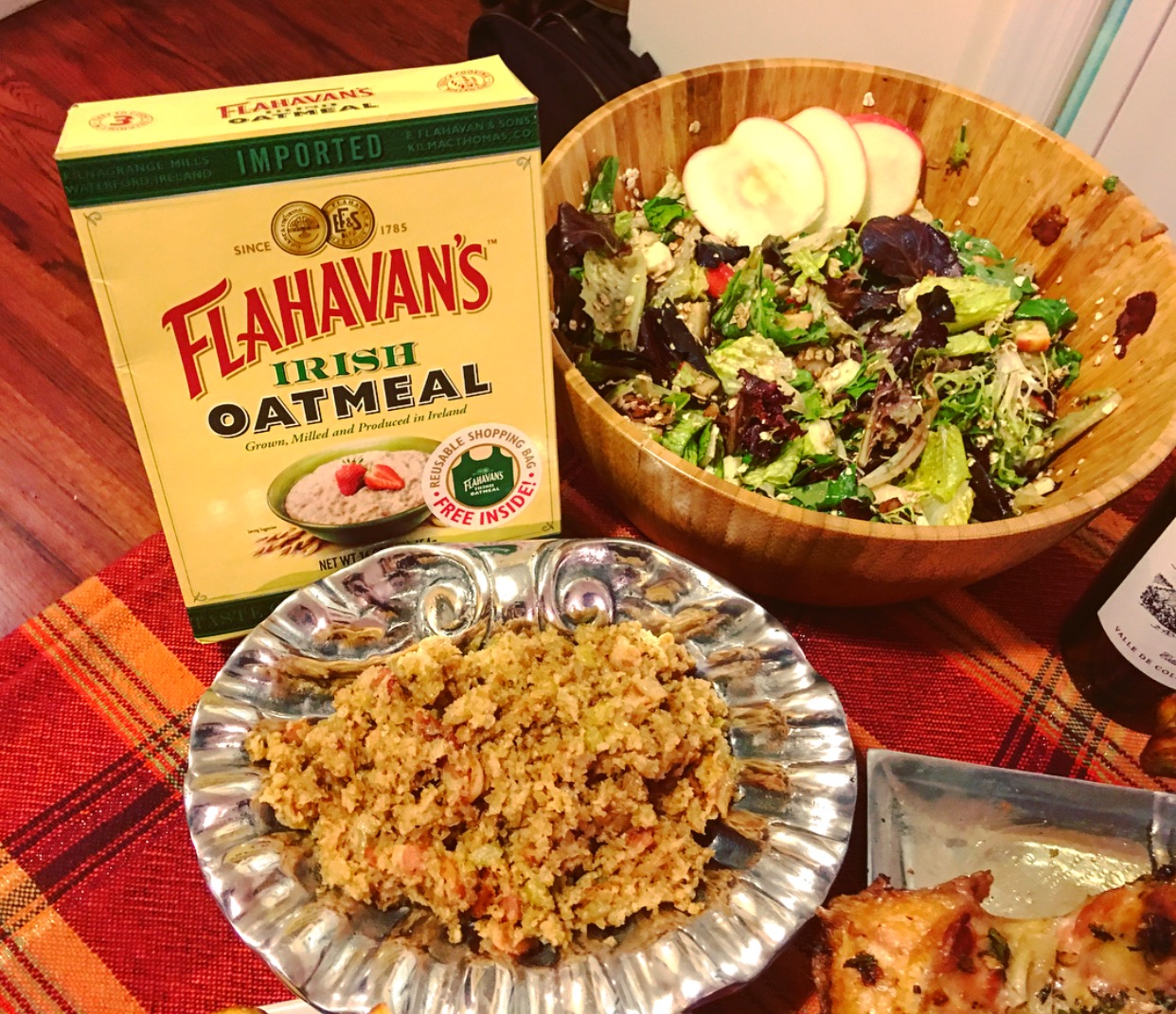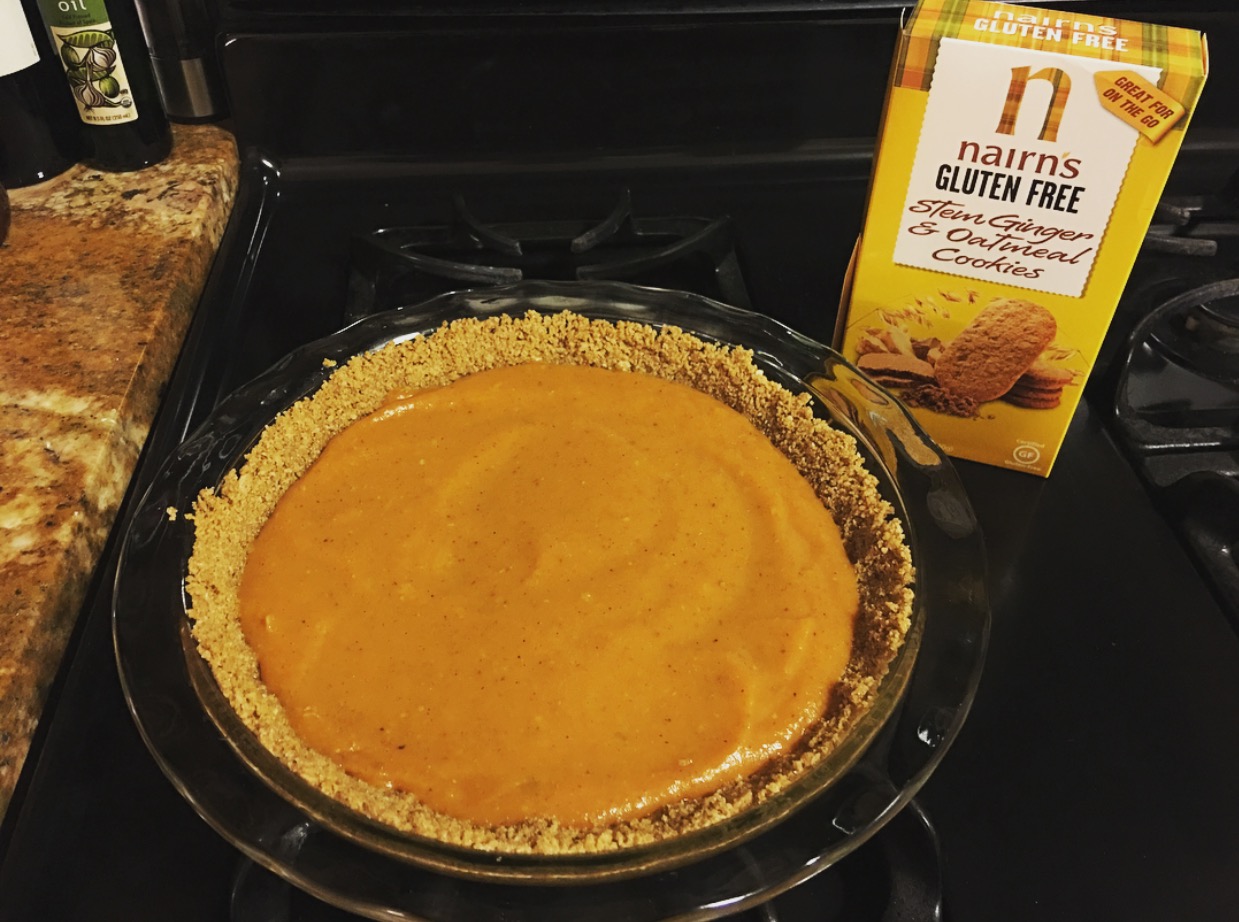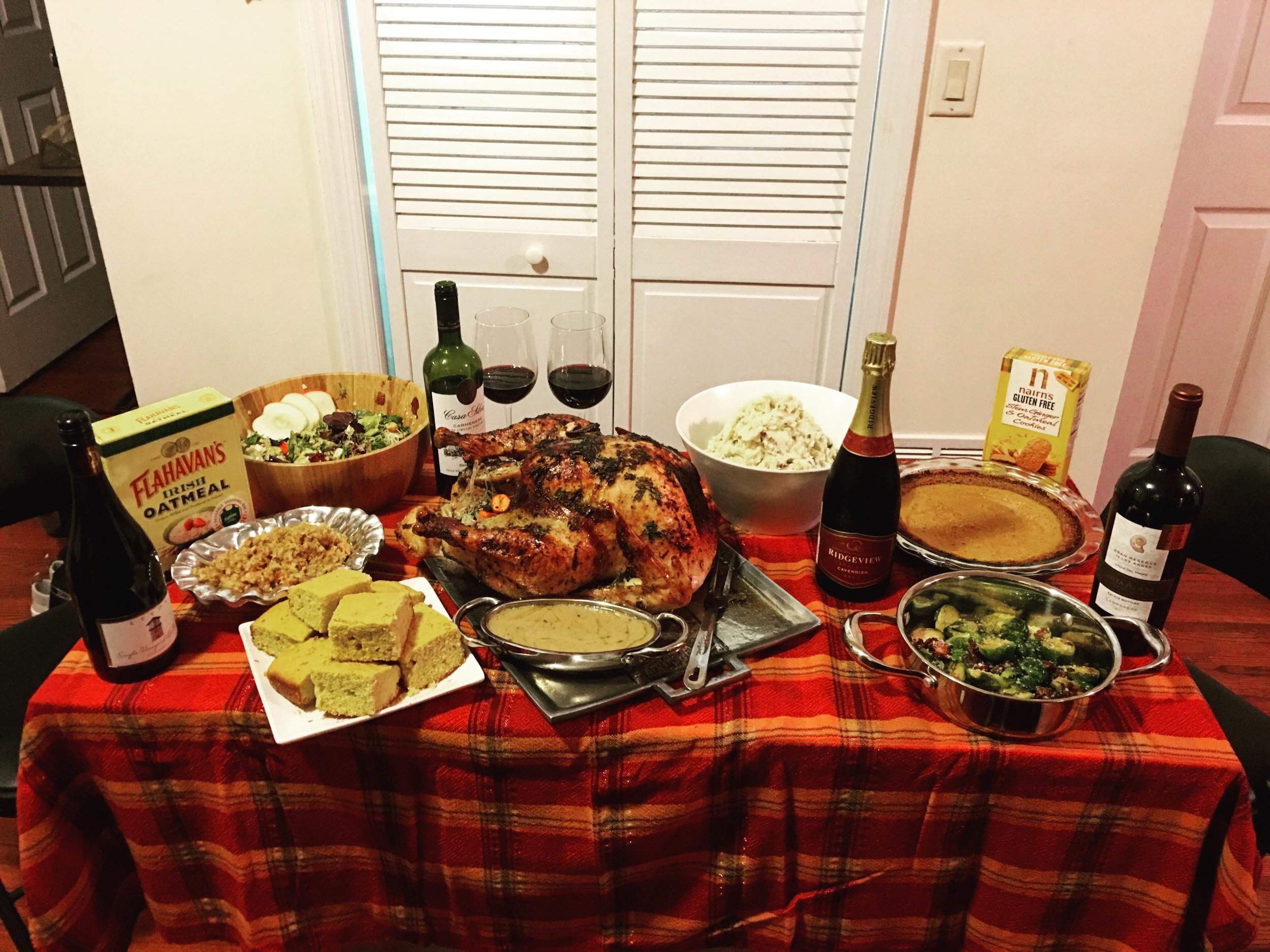Piedmont in Autumn
A visit last week to the stunning property of our client, Poderi Luigi Einaudi in the hills of the Dogliani region of Piedmont, took us on a dramatic tasting tour, with wine at the peak but two other regional flavors one finds in abundance at this time of year.
Dogliani is the land of the Dolcetto grape (labeled “Dogliani” on the bottles of the best wines), and Einaudi is its top producer. The Poderi Einaudi estate is also the cradle of some terrific Barolo wines, made from the Nebbiolo grape. Here some of the juice that flows from the prestigious Cannubi hill and Bussia vineyard is vinified into ageworthy reds that provide a counterpoint to the more understated but elegant Dolcetto. The 2016 grape harvest finished a few weeks ago with early signs of a promising vintage. Locals drink Barolo to celebrate great occasions and after waiting years, but Dogliani to celebrate each day.
On the food scene, there is a similar dichotomy between the prestigious and expensive and the merely delicious. This is the season for white truffles and hazelnuts. We attended the Alba White Truffle festival. A single white truffle, exported to the USA, can sell for hundreds of dollars. Truffles are enjoyed on top of pasta, pizza and nearly anything else this time of year – but in shavings. Piedmontese hazelnuts, on the other hand, are prized but appear in generous quantities, especially with breakfast pastries, aperitivo snacks and cakes.
For great tips about food and wine travel in Piedmont at this time of year, check out these recent articles:
“Wine and White Truffles: A Fall Trip to Bountiful Barolo,” by Corie Brown
“Beyond Barolo: Why Piedmont’s Signature Wine is Just a Fraction of its Charm,” by Lauren Mowery


